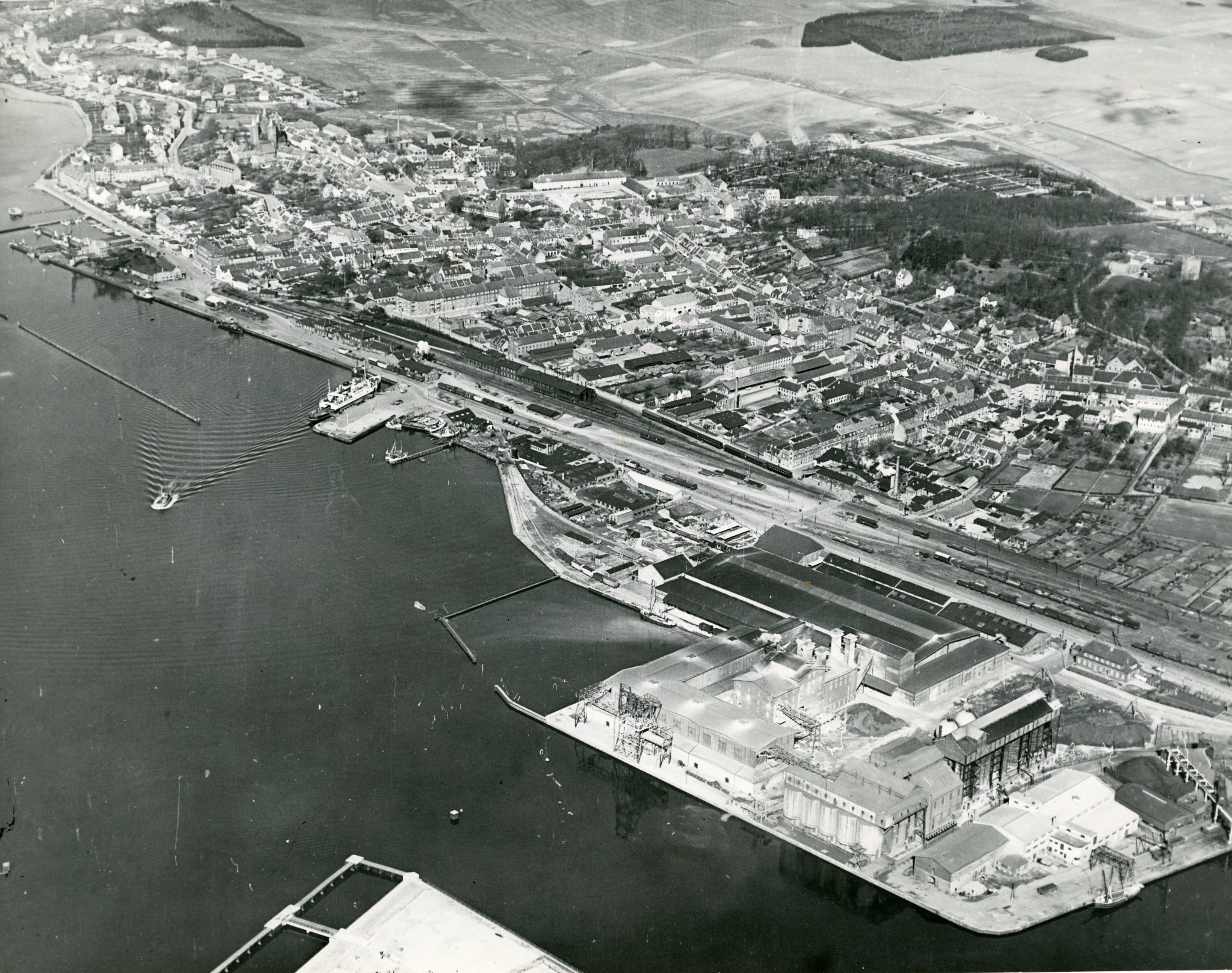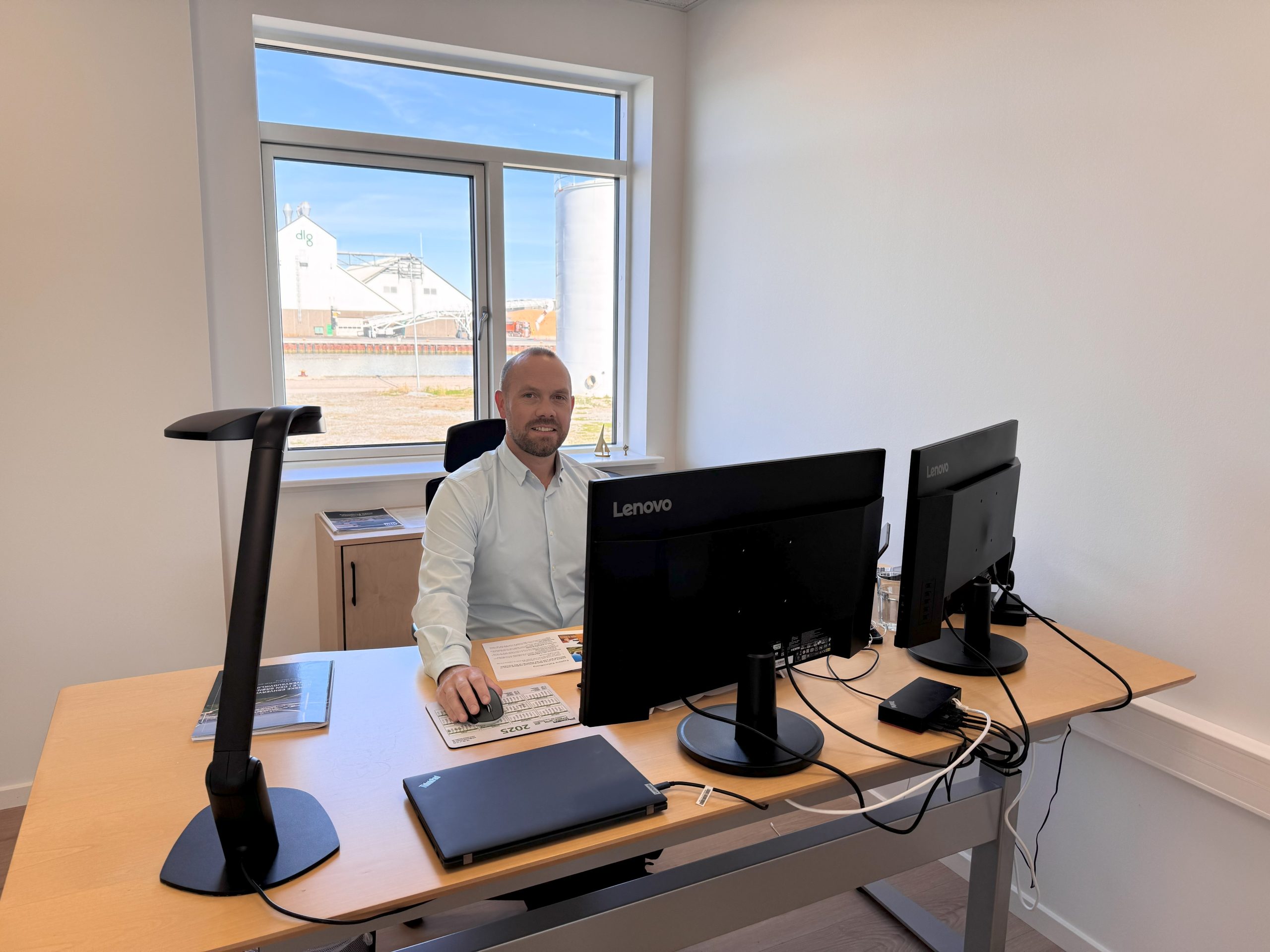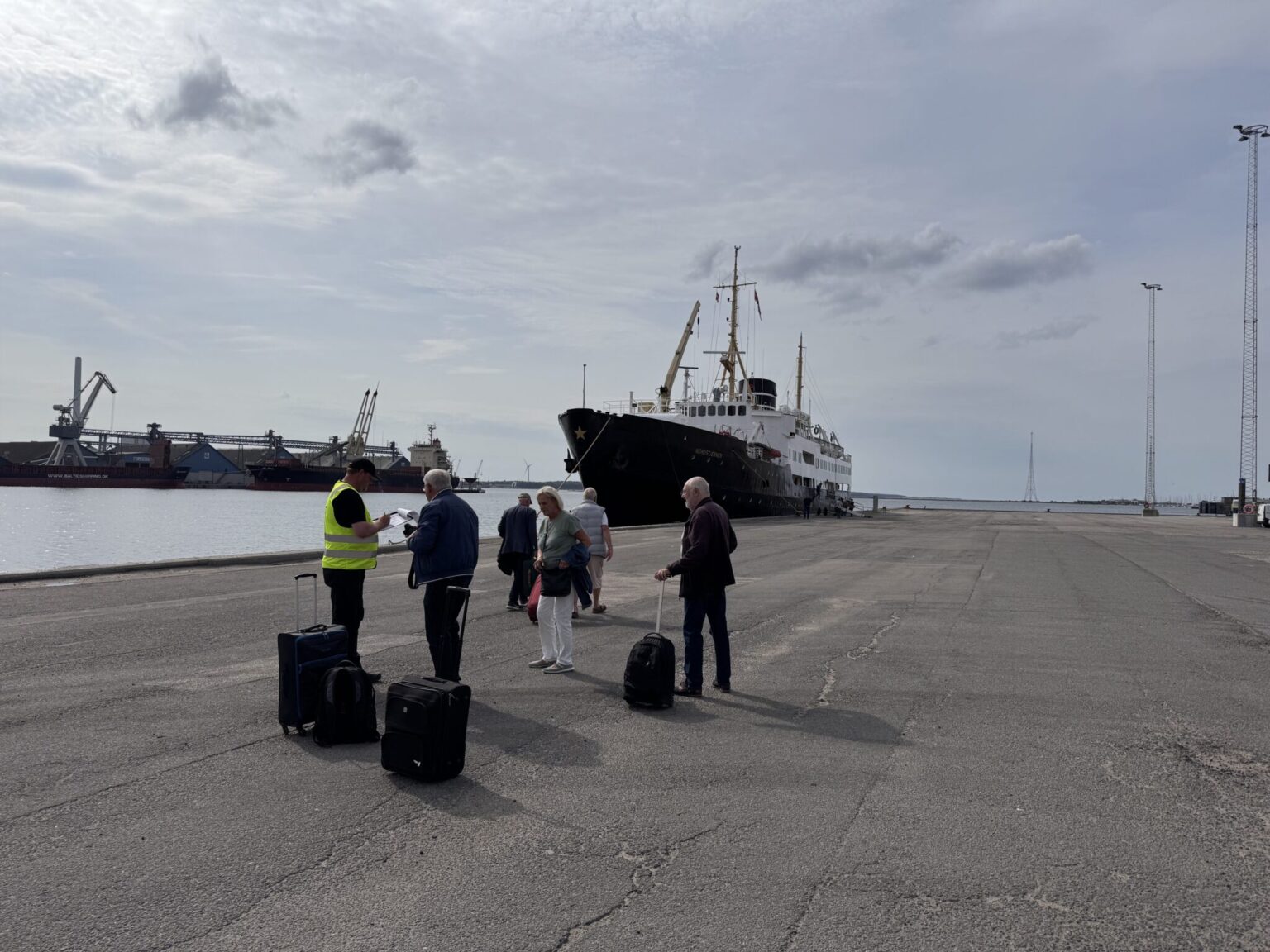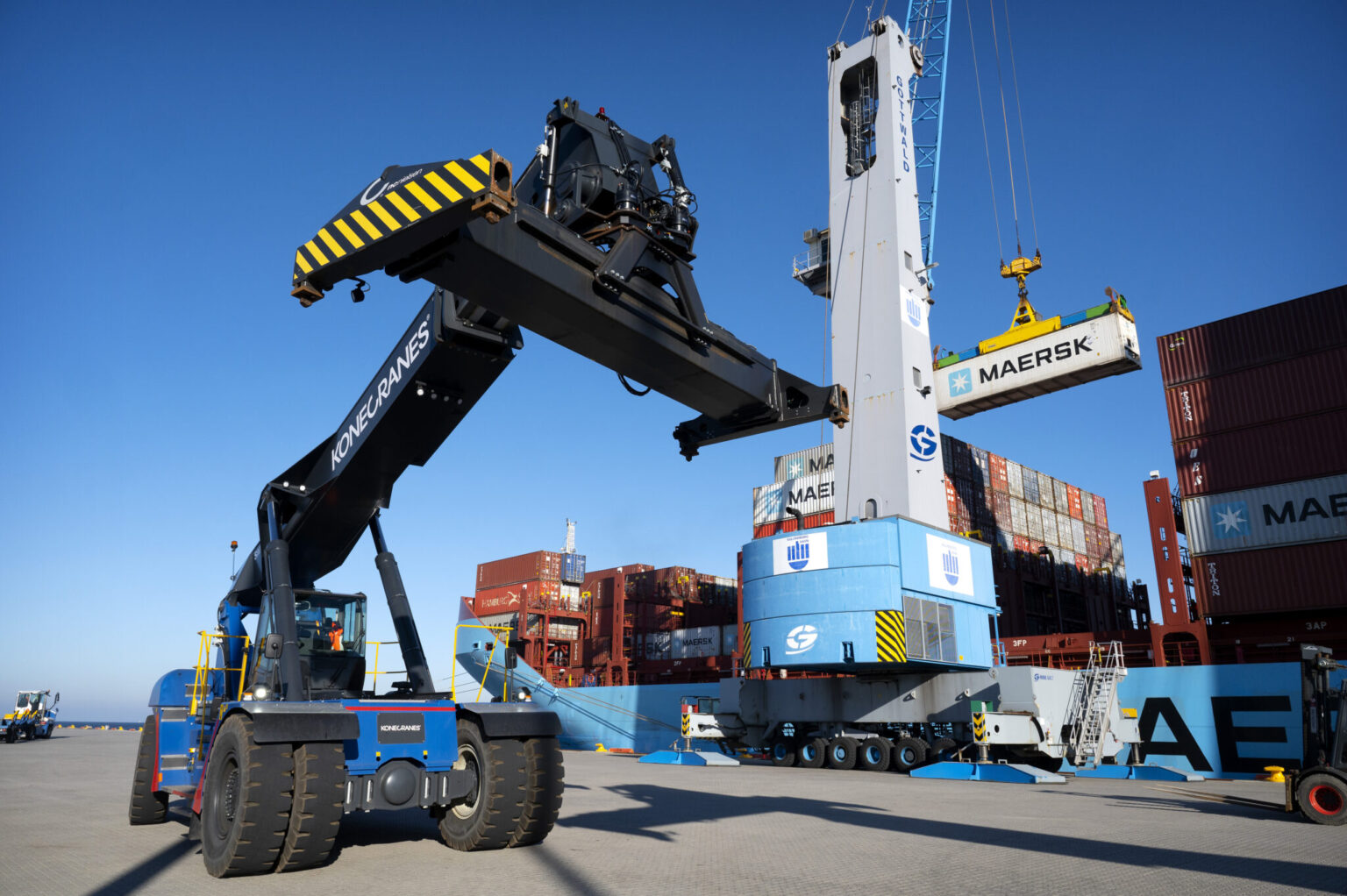A strong hub for trade and maritime transport
The Port of Kalundborg is located in Northwest Zealand – in the middle of Denmark and close to boats the open sea and the Zealand road network. With only about 100 km to Copenhagen Airport and easy access We are closer to the motorways than you think.
We are Zealand deep-water port No. 1. with a water depth of 15 meters and a strategic location at Great Belt close to the traffic T-route, which connects the Baltic Sea with the rest of the world.
Here you will meet a modern, self-governing commercial port with a focus on operational reliability, flexibility and future needs. Our surplus we are investing purposefully in the port's infrastructure and further development.
We work for sustainable growth – economically, environmentally and socially – in close collaboration with companies, municipalities and local communities. For us, development is about creating solid framework for both goods, jobs and green transition.
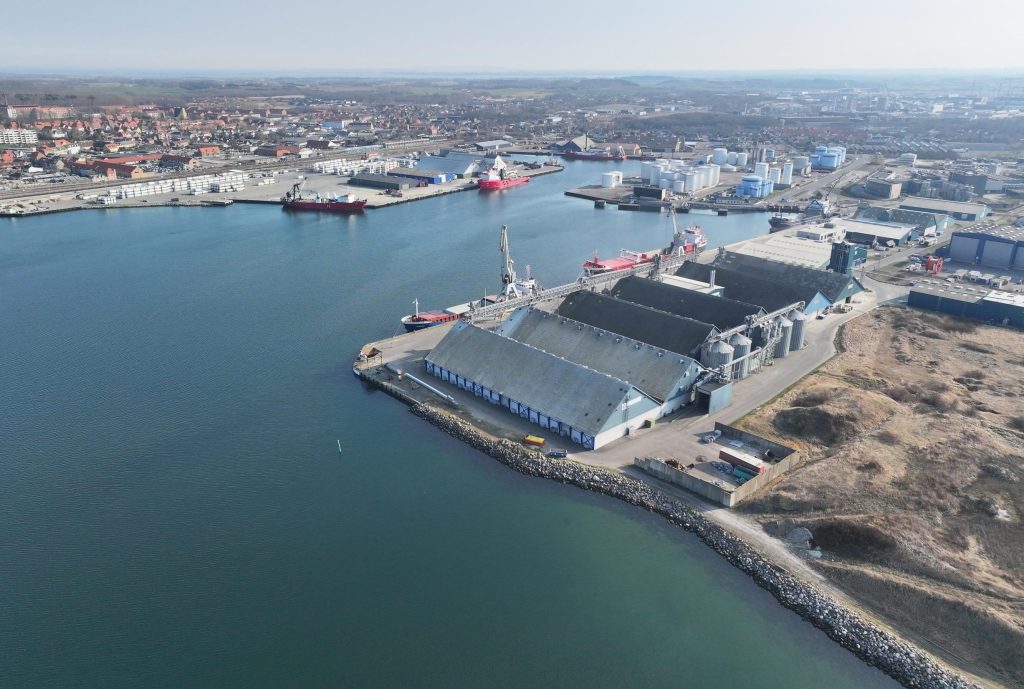
The Port of Kalundborg wants to create the most optimal framework for our customers, so that seafarers' cargo handling, including grain unloading, project cargo, general cargo, and containers, is done efficiently and with the least possible delay.
Business structure
How is the Port of Kalundborg operated?
Kalundborg Port is a municipal self-governing port and is operated as an independent business under Kalundborg Municipality.
As a municipal self-governing port The port is owned by the municipality, but functions as an independent economic and legal entity. company. The port does not receive public subsidies, and all operations and development are financed by the port's own funds. Any profits are reinvested directly in the port's operations, infrastructure and future developments.
The Port of Kalundborg is operated as commercial port, which means that the port's primary purpose is to conduct business and serve the business community – both locally, regionally and internationally. This includes handling sailor's goods, rental of areas and facilities, and support of the industrial and logistical development in and around the port.
The port is categorized as critical infrastructure, and the Port of Kalundborg is a crucial part of the supply chain to and from Denmark.
The port's central location and function make it an important junction not only for Zealand, but for the whole of society security of supply – not least for energy, food and industrial production.
As a commercial port, we are therefore also subject to duty to receive and must not reject legal ships, who wish to call at the port. It obliges us to be a reliable and open platform for trade and transport. And we do it with joy.
The Port Act sets the framework for Danish ports
The port's activities and powers are regulated by Port Act, which sets the framework for how commercial ports may operate.
It is the Port Act that stipulates that commercial ports may only conduct business on port-related activities, and this means that the port law sets framework and limitations for what a port can make money from.
The Port Act ensures that development takes place on transparent and marketable conditions, and which support the port's role as an open and well-functioning infrastructure.
You can find The Port Act on retsinformation.dk.
Organisation in the company
The overall management of the Port of Kalundborg is handled by the port authority, which consists of representatives from Kalundborg Municipal Council and the local business community.
The daily operations and development is handled by the port director and the port's employees. Meet us here:
The organization ensures a professional and long-term development of the port with a focus on operational reliability, economic sustainability and strategic business development.
The port's customer network
Kalundborg Port is more than quays and square meters – it is a ecosystem of customers and partners, where companies meet about joint operations, development and growth.
Kalundborg Harbour customer network ranges widely: from global shipping companies and international terminal operators to local logistics partners and manufacturing companies. What they all have in common is that they see the port as more than just a quayside. They see us as a partner who understands their business, everyday life and challenges.
Our business model is based on cooperation and interaction. We don't run a port for ourselves – we run a port for cooperation with the companies that use the port. We act as a connecting link and supports the development of complementary services, where goods, capacity, infrastructure and competencies are interconnected and reinforce each other.
Here at the port, we not only create physical space for maritime companies; we create connections and joint solutions. On the quay there is interaction between actors, businesses and functions, which together form a strong and well-functioning customer ecosystem.
Put another way: In Kalundborg Harbour, we have our own little symbiosis.
Our customers are not just customers: they are ours partners and a valuable part of the network around which we build the port. Some have been with us for decades, and there is a good reason for that: because the relations works. We share ambitions, develop together and find solutions together. It is precisely in this interaction that the Port of Kalundborg has its strength: as a platform where companies meet, grow and create something together.
And when it all are connected – from ship to tank, from warehouse to truck – it creates value all the way around. Both in logistics, in accounting and in relationships.
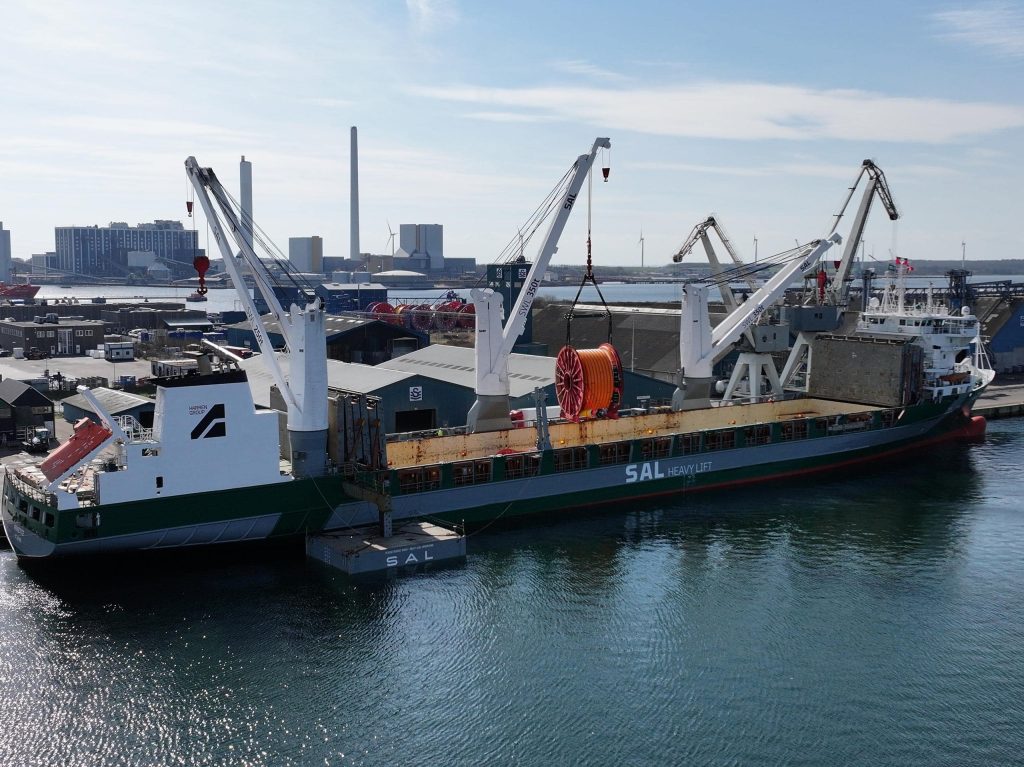
We develop together, and we believe that the best solutions are created together.
Get to know our community:
History of the port
Port of Kalundborg – where past and future meet
Port of Kalundborg has a long and rich history that stretches back to the Viking Age.
For more than 1,000 years, the area has played a central role in the Danish defence system, industrialisation and infrastructure between Zealand and Jutland – most recently also in connection with the green transition.
Over a millennium, the port has been expanded and developed into the large commercial port that Kalundborg Port is today.
The port has transformed its business several times: from trade to ferry to industry. It is a cornerstone of our DNA. Als,o when the future comes.
